India’s foreign policy: From Non to Multi- Alignment
New Delhi trying to balance US & China

Dr. Sandeep Tripathi ,
Expert International Politics
As a newly born state, India’s new prime minister Jawaharlal Nehru adopted a new path of alignment, i.e. non-alignment which became enshrined in India’s foreign policy. India was inspired to emerge as a leading force for unity among developing countries. The World was divided into two military camps led by USA and USSR. India categorically rejected the given offer of two superpowers.
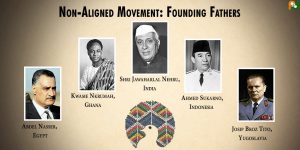
Over the years, New Delhi has strategically shunned its leading policy of the Third World. Today, India’s foreign policy has been extended from the ideologically-driven Non Alignment to a policy based on greater pragmatism (Wadhawan 2019). India has gradually moved closer to the developed countries in order to modernize its defense sector and economic advancement. These strategic calculations forced New Delhi to shift from non to multi alignment. External Affairs Minister, S Jaishankar, offers a significant insight about India’s engagements toward multi-alignment. In fifth Ramnath Goenka Memorial Lecture held on 14 November 2019, he pointed out that “the real obstacle to the rise of India is not anymore the barriers of the world, but the dogmas of Delhi”. lung
Professor C Raja Mohan explains that The steady elements of Indian foreign policy, according to Jaishankar, are “a persistent striving to expand space and options. Foreign policy is the means to ensure greater prosperity at home, peace on the borders, protection of our people and enhancing influence abroad.” The cold war has ended; Economic issues precedence over Geo-strategic issues. Post-Cold War phase has undergone remarkable changes in the international politics, which had a direct impact on India’s foreign policy. Since 1990s, New Delhi has begun to re-define its roles and places in Internatioanl politics. The former Indian foreign secretary Shyam Saran articulated the rationale behind this paradigm shift in India’s foreign policy. He pointed out that “greater strategic space for India in the emerging international order, which would be more diffused and diversified. The new approach would fit well with our own instinctive preference for a multipolar world. Saran suggested that India should not confine to limited strategic relationships. This will imply a more energetic pursuit of our relations with countries like Russia and middle powers like Brazil, South Africa and Mexico”.
In a more different way, New Delhi is still trying to balance the two powerful states- the US and China. During the UPA-1, the economic relationship between India and China rapidly expanded. From 2003 to 2013, the amount of bilateral trade between India and China grew from $7 billion to $66 billion. Since 2004, China has been India’s largest source of imports, and its third largest export counterpart. Strategic autonomy has been an important issue in India due to its historical and geopolitical reasons. A closer cooperation with China, a landmark deal with the US in 2008, upgrading of India’s “Look East” policy into an “Act East”, pro-Israel policy, India’s deal with Moscow $5 billion S-400 air defense system, have been the issue of India’s strategic autonomy. Since 1990s, The shift in foreign policy formulation from non to multi-alignment policy has continued in successive government. Consequently, New Delhi has boosted its economic, political and strategic relations with almost every major nation. India has conducted joint naval and military exercises with major powers such as Australia, China, Russia, Japan and US. Former National Security advisor M. K. Narayan argues that Indo-US Civil Nuclear deal was the game changer in this regard. Also, Japan has shown its willingness to support India on the issue of peaceful nuclear energy.
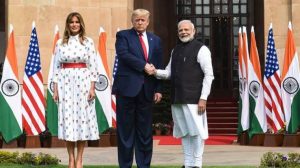
Similarly, Tokyo acknowledged New Delhi as a trustworthy nuclear power. Additionally, India has engaged itself with Bezing and Moscow through different multilateral organizations such as BRICS; SCO; RIC. New Delhi seeks to engage beyond South Asia. India’s West Asia policy has managed to keep good relationships with all its states, including arch rival countries Iran and Saudi Arabia. Post cold period brought a paradigm shift in India’s policy towards Israel. India’s diplomatic success lies in its de-hyphenation of bilateral relations with states locked in zero-sum rivalries and its emphasis on forging win-win relations with each country individually. Hostility towards Israel no longer remains, and catapulted to a new orbit during PM Modi’s visit to Tel Aviv. It was the first ever by an Indian Prime Minister followed by PM Benjamin Netanyahu’s visit to New Delhi. Israel has emerged as a reliable partner, in respect of security, intelligence and Counter -terrorism partner for India. In defense, it is the third largest supplier after USA and Russia. Additionally, Iran is considered as a major energy security partner in the development of the strategic Chabahar port. Today, New Delhi is trying to move away from its traditional “balancing” approach to West Asia.
The writer , Dr Sandeep Tripathi is a PhD in International Politics from Jawahar Lal Nehru University JNU , Delhi . He teaches Political Science at ILSR , GLA University , Mathura

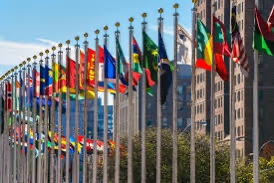
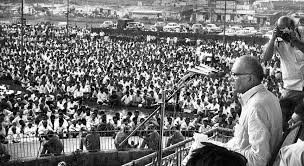
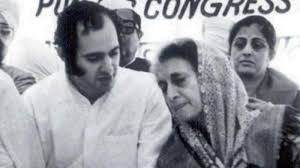
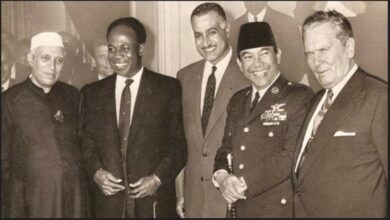

Worth reading.Great piece.